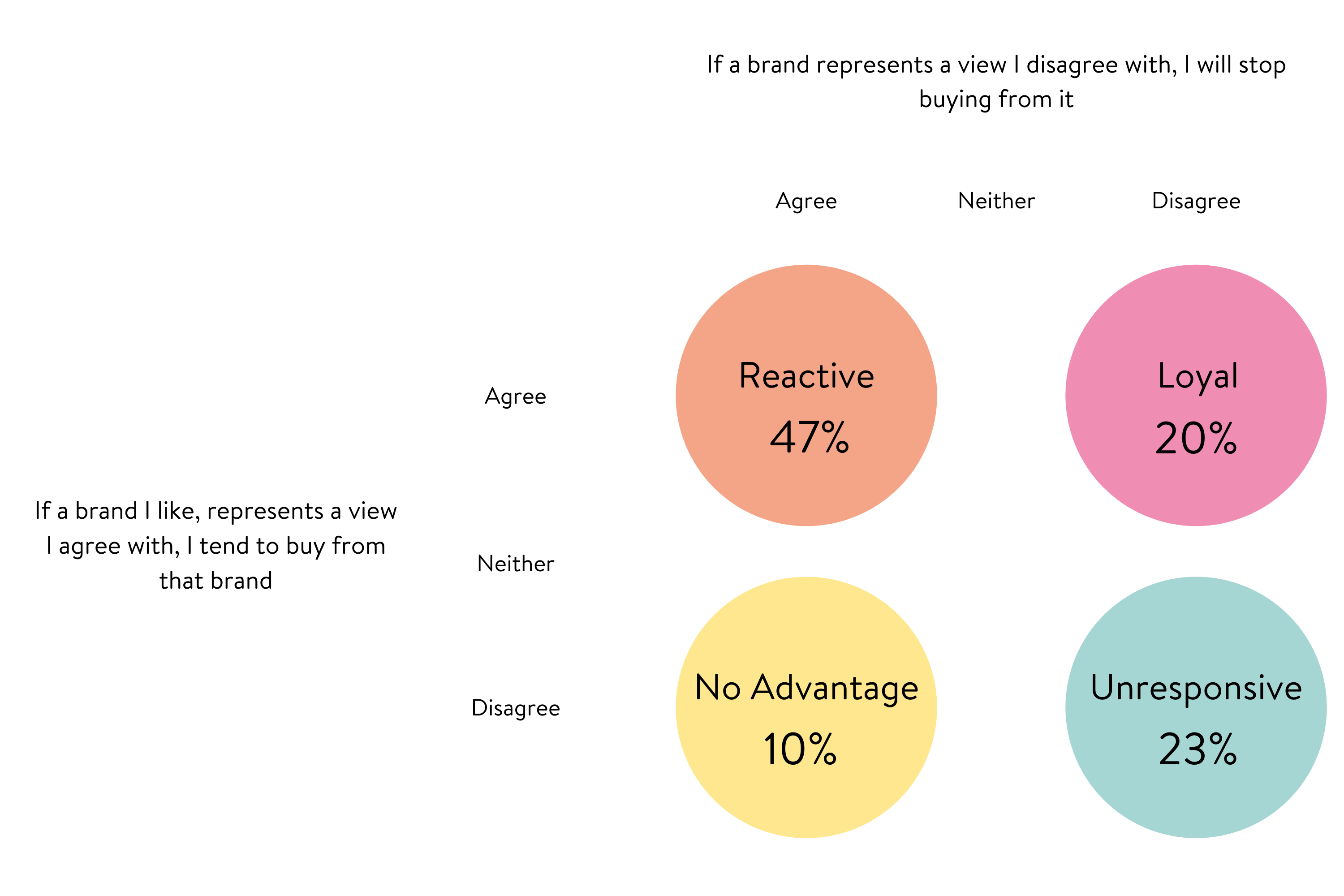Did you know that nearly two-thirds of the consumers expect brands to take a stand in social issues and be part of the change? Today it’s not enough to only have a good product or service, but the whole package is demanded. On the other hand, publicly engaging brands often get accused of being egoistic and having a commercial intention. So, how can you follow the wish of your target group but also make sure that your message is perceived as honest and authentic as you mean it?
Brand positioning with influencer marketing
Positioning is a crucial step that can dictate a brand’s long-term success and ability to bring in the right types of customers. In this blog post, we summarised three tips on how to position your brand successfully and how influencer marketing can help with that.
1. What does your company actually stand for?
Easy question on the first sight, right? After all, your company developed a brand identity since the foundation and evaluated and adjusted it constantly over the years. But we don’t ask you, for what your company wants to stand, but for what it actually stands in the perspective of your target group. In an ideal world, these both components would be identical, but in reality, there is often quite a difference between them. To know how to communicate with your target audience, you need to identify the status quo. You can research both your brand awareness and brand image within your target audience through various methods. For example, suitable methods to investigate your brand awareness are:
- Surveys
- Measuring the website traffic
- Tracking the search volume (through online search machines)
- Evaluating social media data (number of references, reach, engagement)
The brand image can be determined through both surveys and interviews. Thereby, the questions can be based on various approaches:
- Cognitive approach (example: What comes first to your mind, when you think about brand Y?)
- Emotional-affective approach (example: How attached do you feel to the brand Y?)
- And a conative approach (example: How would you describe your last experience with the brand Y?)
When you are aware of the gap between self-image and external image, it allows you to adjust your communication accordingly. The challenge is to walk the tightrope between a positive impact on brand awareness and ensure the authenticity of the communication.
2. Add value
If you want to achieve a strong brand positioning and have a say on current and important topics, you need more than empty words. Think about what kind of value you can add to a certain subject or a certain situation. Can you provide a specific offer for your target group to ease their situation? Or do you have special insider knowledge on what is going on? According to a recent study, the top 3 topics consumers want brands positioning to are environmental questions, human rights and animal cruelty.
However, it is not just the importance of the topic that counts, but also the fit to your brand and the timing. Gillette, for example, had to deal with a lot of negative responses, when they released their campaign “The Best Men Can Be”, in order to approach the subject of toxic masculinity. On the contrary side, Nike gained a lot of prestige, when they recently released their anti-racism campaign in response to the Black Lives Matter movement. It is not directly connected to what they sell – sport – but to their image and what they stand for. In the past, Nike has already made its point of view pretty clear. You might remember the time two years ago when Americans burned their Nike shoes in order to protest against the brand’s advert with the football-star Colin Kaepernick? Because of this whole background story, the recent campaign is – even though it does not involve a controversial sports celebrity – relevant for what Nike intends to get across along with their products: team spirit and taking a stand.
In general, it’s always important to check, what your target audience thinks about the topic you want to take up a position on. Are they having a positive, negative or maybe even neutral opinion about it? If you are aware of the perception of your target group, you can reduce the risk of getting a negative response or even a boycott.
In the following graph, you can see the different types of consumers, YouGov found through their survey. Almost half of the respondents stated that their purchase decision is depending on the positioning of a brand. Thus, the question is certainly not if a brand should position itself but how a brand should do it.

3. Let others speak for you
When we talk about authentic communication, we don’t want to make you believe that you can appear like Mother Teresa through some little marketing tricks. Every consumer is aware that commercial motives will always play a role in brand communication – but it shouldn’t be the protagonist.
An example of the practical implementation of the first two tips is Influencer Marketing. According to a study, half of the consumer trust influencer recommendations and 40% of them got inspired by an influencer to actually purchase something. Nonetheless, influencers are often accused of being untrustworthy. Speaking of our experience, this is caused by the general opinion about what an influencer is. Just because a profile has a huge number of followers, the person can’t be defined as an influencer – at least not, if the definition means that this person has an actual influence on his or her followers. This ability is far more expressed through the engagement rate and the actual reach than the potential reach – which is stated by the number of followers. Make sure that you collaborate with influencers who are able to reach your target audience, remaining faithful to their opinion (and therefore make a good brand fit), are not advertising in every post and video and marking cooperations as such. If your influencers fulfil these criteria, the probability that they are perceived credible by your target group rises.
No matter the topic you want to position your brand to, in the end, especially one thing counts: your communication has to be adapted to your brand and competence to be relevant and authentic for your target audience. If you’re still unsure about how to position your brand with influencer marketing, feel free to reach out to your local influencer marketing agency London.


